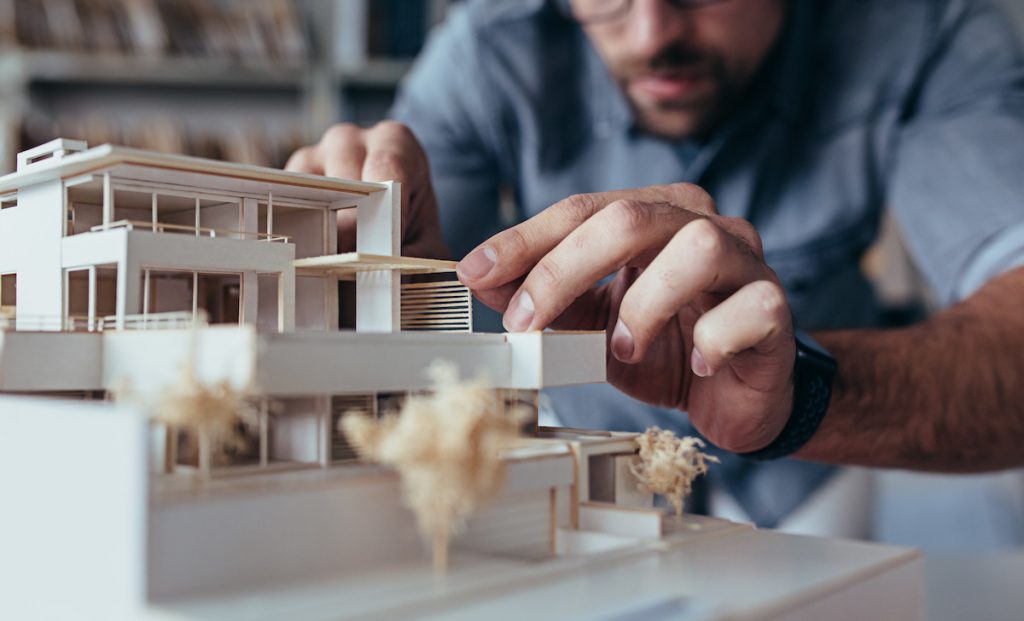Modern architectural services are increasingly focused on adapting to the evolving lifestyles of individuals and communities, reflecting a profound shift in how people live, work, and interact. As urbanization continues to rise, and remote work becomes more prevalent, the demand for versatile spaces that promote both productivity and relaxation is paramount. Architects are now tasked with creating designs that not only meet functional needs but also enhance well-being and foster a sense of community. This paradigm shift is evident in the growing emphasis on sustainability, technology integration, and the incorporation of flexible spaces. Sustainability has become a central tenet of modern architectural services, driven by an awareness of environmental challenges and a collective desire for eco-friendly solutions. Architects are increasingly designing buildings that utilize sustainable materials, energy-efficient systems, and green technologies. This includes features such as solar panels, rainwater harvesting systems, and green roofs that contribute to reducing the carbon footprint of structures.

Moreover, the focus on biophilic design integrating nature into architectural spaces has gained traction, as studies reveal the positive impact of natural elements on mental health and productivity. Incorporating large windows for natural light, indoor gardens, and outdoor spaces can create environments that promote tranquility and connection to nature, which is particularly important in urban settings where green spaces are limited. Technological advancements also play a crucial role in modern architectural services. The integration of smart home technology and building management systems allows for enhanced control over environmental factors such as lighting, heating, and security. This not only improves the comfort and convenience for inhabitants but also contributes to energy efficiency. Architects are leveraging technology to create adaptive spaces that can transform based on the needs of the occupants, whether it is a home office that can be converted into a guest room or a community center that can host various events.
Virtual and augmented reality tools are also revolutionizing the design process, enabling clients to visualize spaces before construction begins, ensuring that the final product aligns with their lifestyle requirements. Flexibility in design is another critical aspect of modern architecture that caters to evolving lifestyles. The Outsourced Drafting rise of remote work has led to an increased demand for home environments that facilitate both work and leisure. Architects are now designing homes with multi-functional rooms that can serve various purposes, allowing residents to adapt their spaces as their needs change over time. Open floor plans, movable walls, and modular furniture are just a few examples of how flexibility is being incorporated into residential designs. Additionally, public spaces are being reimagined to accommodate diverse activities, from co-working spaces to community gardens, fostering social interaction and collaboration among residents. In response to the growing importance of community engagement, architects are also prioritizing designs that promote social connectivity.



